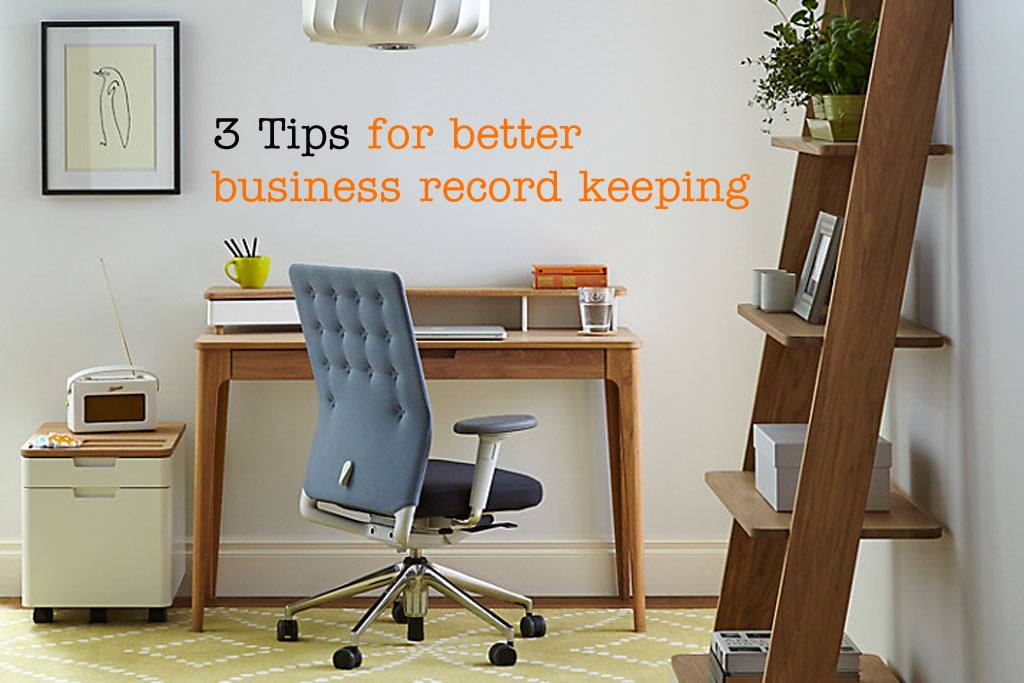Seven steps to easy bookkeeping (and no more lost receipts)!
It may come as a shock to you, but apparently not a lot of freelancers and business owners enjoy the chore that is known as bookkeeping. So if it’s a task you have to come loathe, you are very far from alone.
But however dull the job, accurate record-keeping is a necessity if you are self-employed or run your own business. It’s vitally important that you keep track of your revenue and outgoings – many businesses which would otherwise have been successful have been brought down by their failure to maintain proper financial records.
The dreaded hunt through piles of paperwork
Recently, we revealed five ways you can do your bookkeeping. But before you even get to the point where you’re entering your expenses and profits into a ledger or flashy online spreadsheet, you need to make sure you have the figures to hand.
And if, like us, you’re not a naturally ordered person, you may find that – however dedicated you are in keeping up with your books – the process becomes a dreaded hunt through stacks of paperwork to find that receipt you’re sure you kept somewhere.
Sound familiar? Don’t worry, help is at hand! Virtual administrator Clare Readman is so organised that people pay her to help them keep their businesses in order (you can read her tips for getting more organised here). And she has kindly shared her easy-to-follow seven-step process to keeping your paperwork in order, ready to quickly input next time you’re doing your books.
Seven steps to easy bookkeeping
Keeping on top of your books isn’t rocket science. In fact, it’s just down to creating a basic system to ensure that you can easily file (and retrieve) your vital business financial information when you need it.
You can easily create your own system, but to help you get started, here’s what works for me and my clients:
- Get equipped – buy an A4 ring binder and some A4 envelopes or some A4 punched clear folders.
- Organise your folders – mark up the envelopes or folders with the months of the year. If your year end is March, then the first one would be April, and so on.
- File receipts – save all relevant receipts and insert into the appropriate month’s folder as soon as possible after the purchase.
- File invoices – print off an extra copy of your invoices and insert into the appropriate months envelope or folder.
- File business bank statements – if you have a Business bank account, store the statements in a section of the A4 ring binder.
- File personal bank statements – if you are using your personal account, take a copy of the statements and mark when you first receive them which items were business related, then store in the ring binder.
- File bills – copy any bills or receipts relevant to claiming from the business and store in folder with a note on the bill the percentage you are going to claim for business use if known.
- Calculate your mileage – if you claim a mileage allowance, set up a simple Excel spreadsheet that will automatically calculate the total mileage and amount to be claimed.
If you follow these seven easy steps, all your relevant business paperwork will be neatly stored in one place, ready for you to retrieve and log every month or annually – either by you or a bookkeeper or accountant.
If you can, I recommend keeping on top of this monthly – and avoiding the dreaded annual paperwork marathon!
Create your own simple spreadsheets
If you feel able to do this yourself, you can create a fairly simple spreadsheet to log all your expenses from your various receipts, bills and bank statements, and add columns showing whether you paid cash or from the bank (don’t forget to add mileage if it’s relevant). Then log all your income from the invoices on another tab.
Follow this process monthly, and not only will you stay smugly on top of your paperwork, but you can ensure that your income is paying for your expenses, and be confident that your business or freelance work is still viable – and if it’s not you’ll have an early opportunity to spot areas you can make improvements, and get it back on the right track.
You can read more about Clare’s virtual administration services on her website.
Love our articles? Sign up to our free weekly mag in the box on the top right of this page, and we’ll send you a roundup of our latest stories every week!










